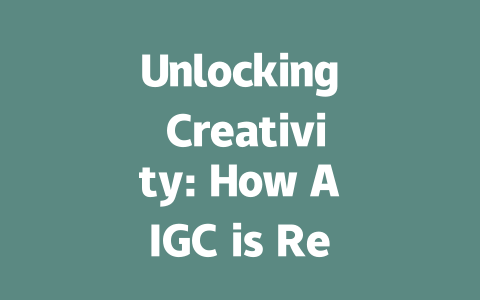
In the rapidly evolving landscape of digital technology, Artificial Intelligence Generated Content (AIGC) is reshaping the way we think about art and media. From creative writing to visual arts, AIGC is carving out a unique niche that promises to enhance human creativity while challenging traditional notions of authorship and artistic expression.
What is AIGC?
AIGC refers to the use of artificial intelligence algorithms and models to produce creative content. This can range from generating text, images, music, and even videos. By analyzing vast amounts of data, AIGC algorithms learn patterns, styles, and techniques that they can then apply to create entirely new works. The advent of AIGC signifies not just a technological innovation but also a shift in how we perceive creativity and the role of artificial intelligence in art.
The Impact on Digital Art
One of the most apparent effects of AIGC is its impact on digital art. Artists are increasingly turning to AI tools for inspiration, collaboration, and execution of their projects. Programs that utilize machine learning—such as DALL-E for imagery and OpenAI’s GPT for text—allow creators to explore new artistic directions that might not have been feasible using traditional methods. These tools can generate unique visual content based on prompts provided by the artist, enabling them to quickly iterate and refine their ideas.
Collaboration Between Humans and Machines
The partnership between human creativity and machine learning is an exciting frontier in the realm of art. AIGC does not aim to replace artists; rather, it complements their skills. Many artists find that AIGC can handle repetitive tasks, thereby freeing them to focus on the deeper elements of their art. For instance, a graphic designer may use AIGC tools to generate backgrounds or textures, leaving the main composition to be crafted with a more personal touch. This collaboration opens up new avenues for exploration and experimentation in digital art.
Challenges to Traditional Authorship
As AIGC continues to gain traction, it brings with it complex questions surrounding authorship and originality. When a machine generates an artwork or written piece, who owns the rights? Traditional legal frameworks struggle to keep pace with the advancements in technology, leading to confusion and ambiguity. This calls for a reevaluation of copyright laws to accommodate AI-generated content and protect the rights of both human creators and technological developers.
A Future of Enhanced Creativity
The potential for AIGC to unlock new forms of creativity is immense. For many creators, especially those in the fields of advertising, marketing, and entertainment, AIGC offers a way to produce high-quality content at unprecedented speed. AIGC tools can analyze market trends and audience preferences, enabling creators to tailor their content more effectively. This not only enhances productivity but can also lead to innovative approaches to storytelling and engagement.
Conclusion: Embracing the New Wave
As we stand at the intersection of technology and creativity, it is crucial to embrace the opportunities that AIGC presents. The tools available today can enhance artistic expression, spark new ideas, and serve as collaborators in the creative process. With a thoughtful approach to navigating its challenges—particularly regarding authorship and rights—AIGC can indeed revolutionize the realms of digital art and media, opening doors that were previously unimaginable. The future belongs not only to those who create but also to those who harness the power of technology to innovate.

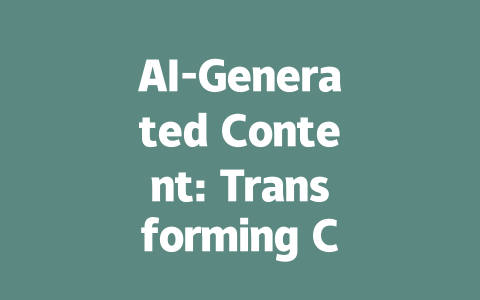




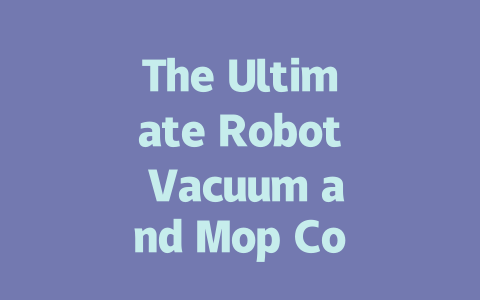
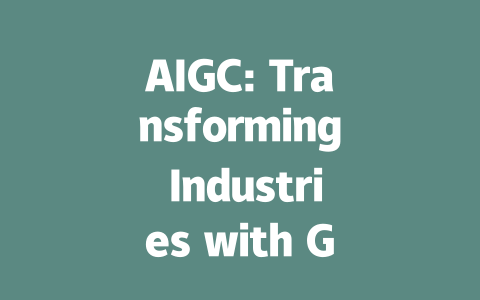
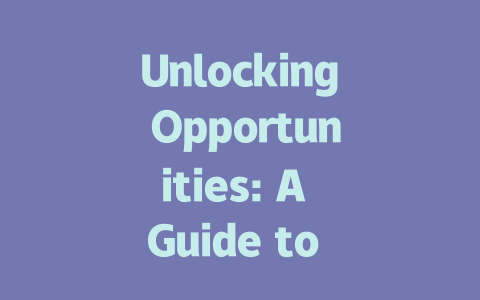
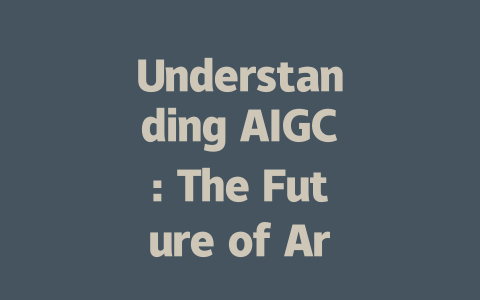
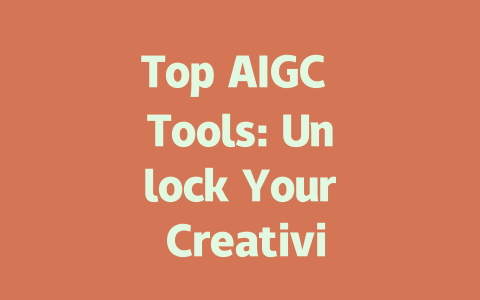
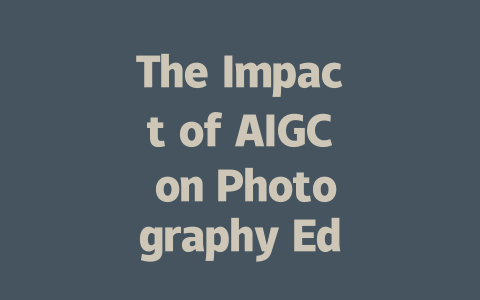

暫無評論內容